
Asus didn’t had much success with last year’s Zenfone 3 lineups except for the Max lineup which did see some traction with the mammoth battery backpack but can the new Zenfone 4 series infuse fresh energy into the Taiwanese brand? While we need to wait for that answer but meanwhile let’s check the Zenfone 4 Selfie with dual camera in this review. World loves taking selfies and Indians are no different. Last couple of quarters we have seen companies tapping on the selfie mania with selfie-centric phones with good measure of success. So Asus too has joined the fray with the Zenfone 4 Selfie series in India. They recently launched three Selfie phones in India from their Zenfone 4 lineup – the Zenfone 4 Selfie Pro and two variants of Zenfone 4 Selfie with one sporting a single camera for selfie and another a dual camera. What we got here is the Asus Zenfone 4 Selfie Dual Cam review. First let’s take a look at what you get out of the box.
- Zenfone 4 Selfie mobile
- User guide
- MicroUSB cable
- Power adapter 5.2V/1.35A
- Pin to eject SIM tray
Design and Build Quality
- Poly-carbonate body
- 155.7 x 75.9 x 7.9 mm
- 144 grams
 When you hold the Zenfone 4 Selfie for the first time, what springs to your mind immediately is it’s lightweight. At 144 grams its quiet lighter and it also has to do with its polycarbonate body. While we are accustomed to metal body phones these days that ups the stakes for the premium quotient, poly carbonate or in common parlance plastic body, is not something we fancy upon but nevertheless it has its own advantages like keeping the weight less and also not prone to dents on occasional falls. It does gets a metallic finish to give it a faux-metal look.
The back has the rear camera on top in the middle with a dual LED flash to its side. There are antenna lines on top and bottom of the phone and Asus branding towards the middle. The rear camera has a frame flaunting the signature Asus concentric pattern.
The right side has the power button and volume buttons, both offering good tactile feedback.
When you hold the Zenfone 4 Selfie for the first time, what springs to your mind immediately is it’s lightweight. At 144 grams its quiet lighter and it also has to do with its polycarbonate body. While we are accustomed to metal body phones these days that ups the stakes for the premium quotient, poly carbonate or in common parlance plastic body, is not something we fancy upon but nevertheless it has its own advantages like keeping the weight less and also not prone to dents on occasional falls. It does gets a metallic finish to give it a faux-metal look.
The back has the rear camera on top in the middle with a dual LED flash to its side. There are antenna lines on top and bottom of the phone and Asus branding towards the middle. The rear camera has a frame flaunting the signature Asus concentric pattern.
The right side has the power button and volume buttons, both offering good tactile feedback.
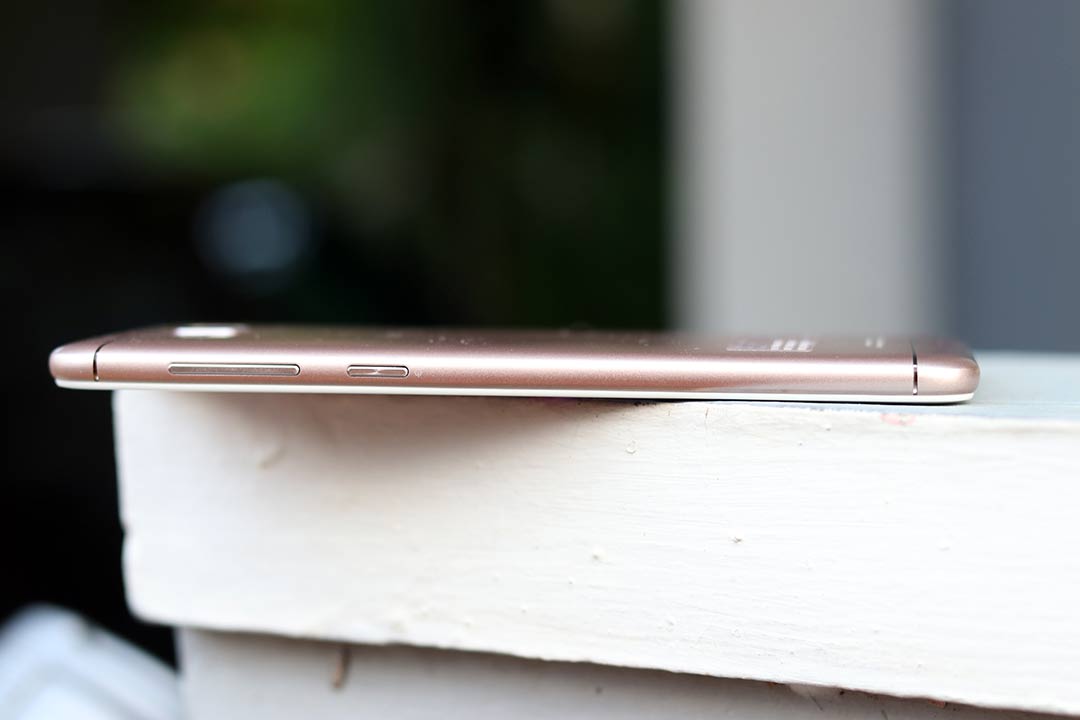 The left houses the SIM tray. Opening it reveals a triple tray that accommodates two SIMs and one dedicated microSD card which is refreshing, considering most phones comes with only a hybrid SIM tray these days.
The left houses the SIM tray. Opening it reveals a triple tray that accommodates two SIMs and one dedicated microSD card which is refreshing, considering most phones comes with only a hybrid SIM tray these days.
 The top has a 3.5mm audio jack and a microphone.
The top has a 3.5mm audio jack and a microphone.
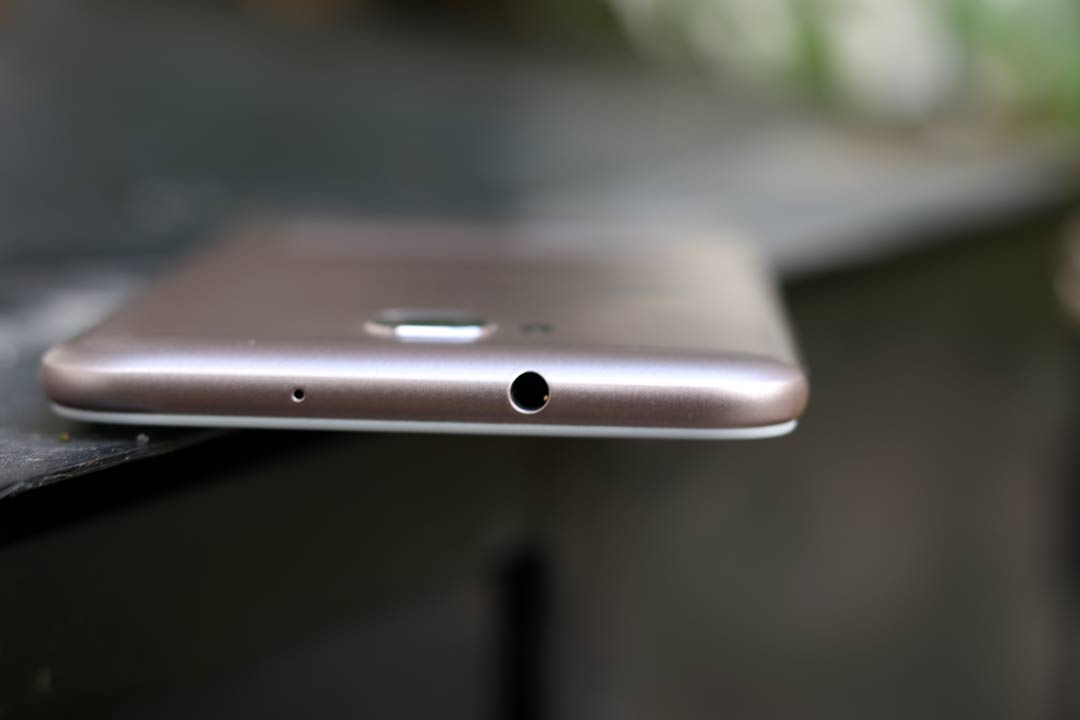 The bottom has a speaker grille and a micro USB port. It’s strange Asus has not considered an upgrade to USB Type C.
The bottom has a speaker grille and a micro USB port. It’s strange Asus has not considered an upgrade to USB Type C.
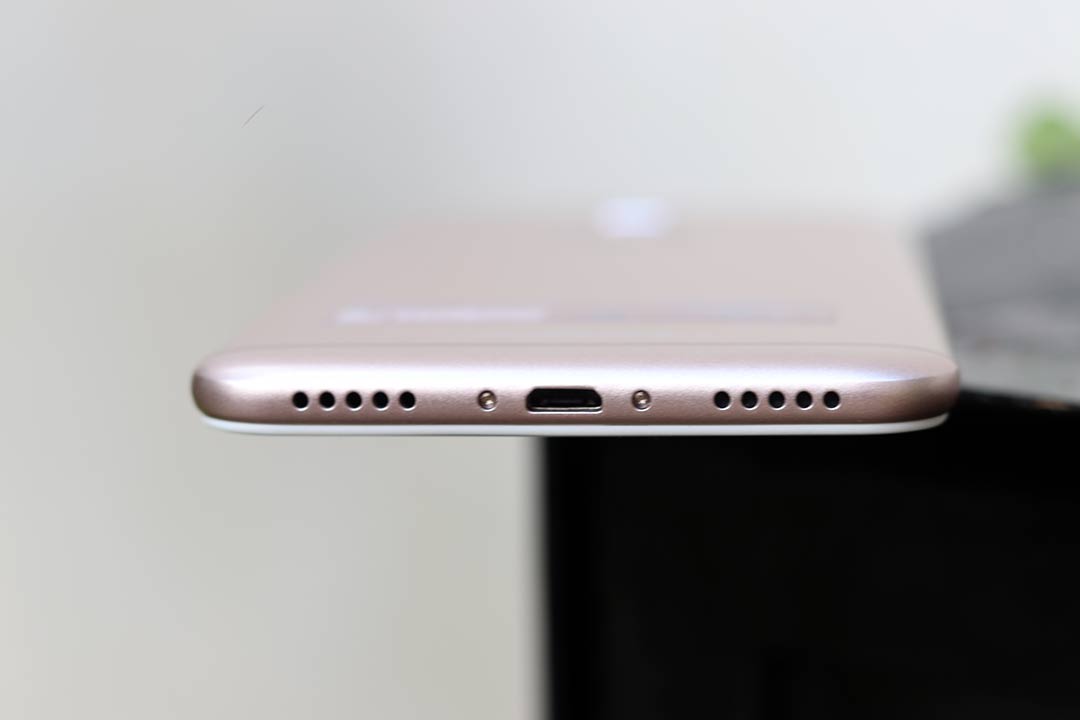 The front has a capacitive button as home button flanked by back and menu buttons. The home button also doubles up as fingerprint sensor. The buttons are not backlit.
The front has a capacitive button as home button flanked by back and menu buttons. The home button also doubles up as fingerprint sensor. The buttons are not backlit.
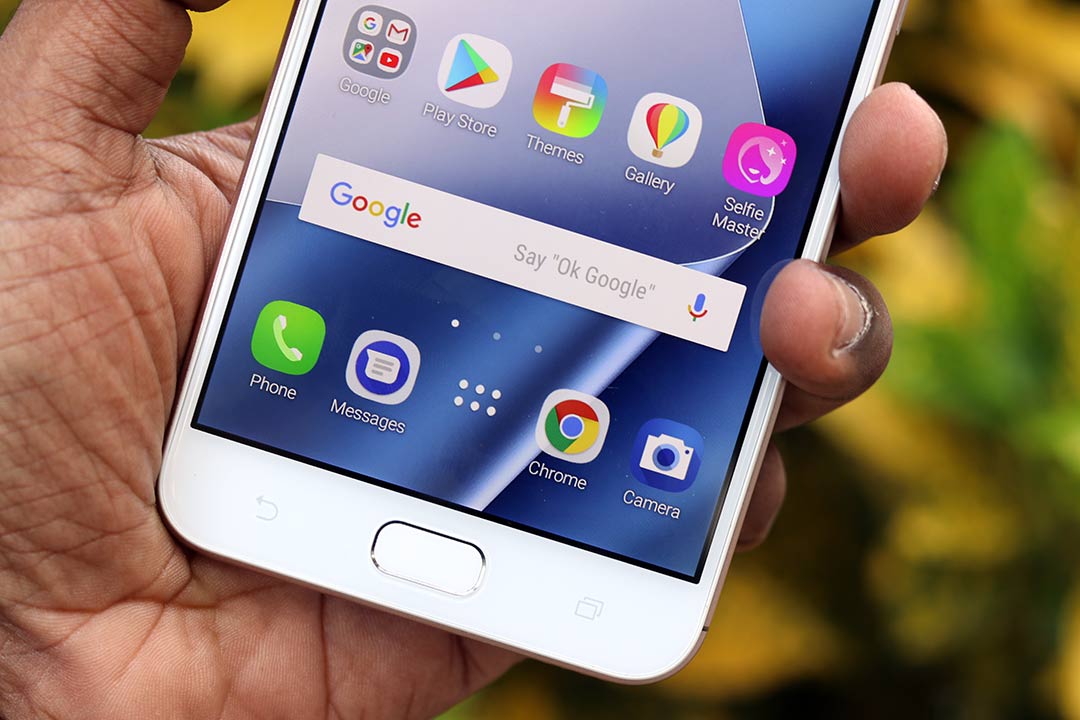 At the top there is the dual selfie camera, ear piece grille and sensors. There is also a LED flash light for selfies during low light scenarios.
At the top there is the dual selfie camera, ear piece grille and sensors. There is also a LED flash light for selfies during low light scenarios.
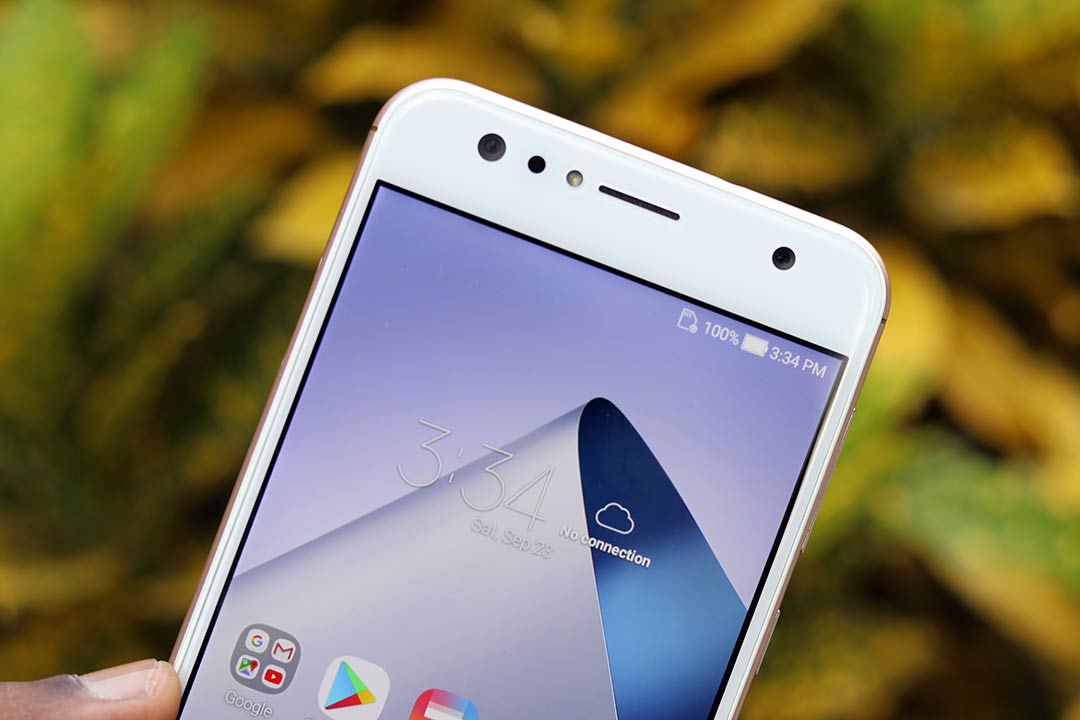 While a metal body could have scored more brownie points for premium factor, ergonomically the Asus Zenfone 4 Selfie is comfortable to hold and handle and also has a decent looks to it.
While a metal body could have scored more brownie points for premium factor, ergonomically the Asus Zenfone 4 Selfie is comfortable to hold and handle and also has a decent looks to it.
Display
- 5.5 inches
- IPS LCD capacitive touchscreen
- 720 x 1280 pixels
- 267 pixels per inch
- 70.6% screen-to-body ratio
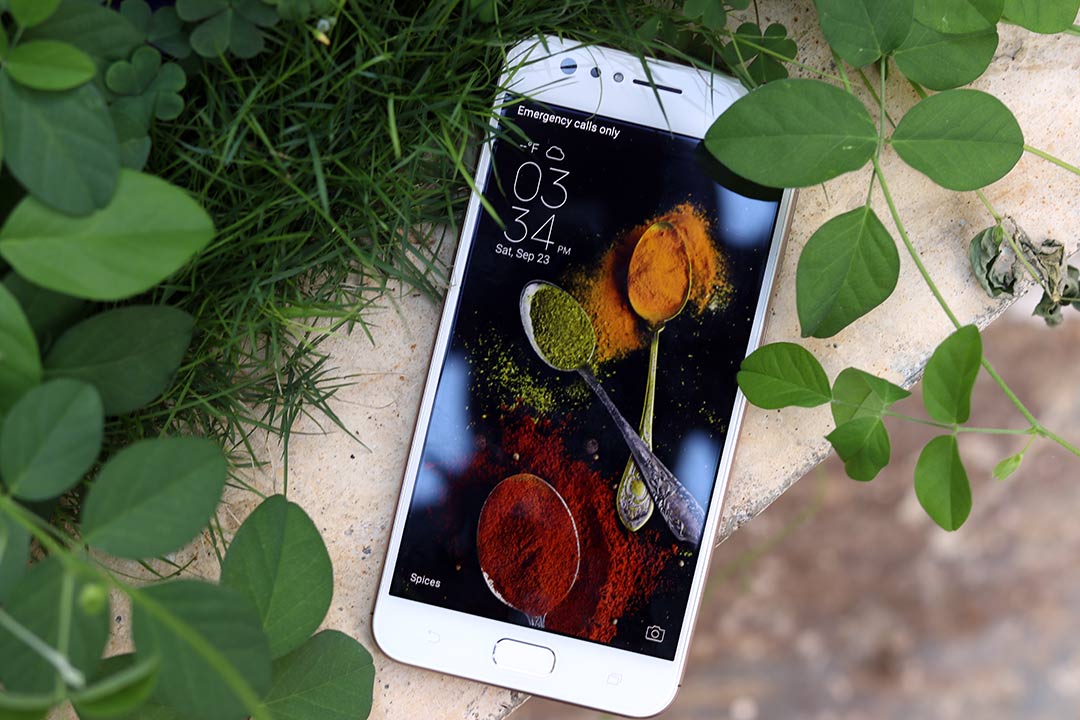 It’s disappointing to note that Asus has opted for a 720p resolution instead of a fullHD panel. It’s a 2.5D curved glass, there is no mention of any protective layer to it though. The panel is very responsive and smooth. While the color reproduction is good, the color doesn’t pop out nor lively especially if you like your display panel to be a bit more saturated. The viewing angles are good and the reading is also good under direct sunlight.
It’s disappointing to note that Asus has opted for a 720p resolution instead of a fullHD panel. It’s a 2.5D curved glass, there is no mention of any protective layer to it though. The panel is very responsive and smooth. While the color reproduction is good, the color doesn’t pop out nor lively especially if you like your display panel to be a bit more saturated. The viewing angles are good and the reading is also good under direct sunlight.
Software and ZEN UI
- Android 7.0 Nougat
- ZenUI 4.0
Fingerprint Sensor
The fingerprint sensor is at the front with the home button doubling as the sensor. Unlocking is fairly faster and is accurate too. Apps can be secured with the fingerprint sensor and it can also be configured to answer calls by touching the sensor area.Performance
- Qualcomm Snapdragon 430
- Octa-core 1.4 GHz Cortex-A53
- Adreno 505
- 4GB RAM
- 64GB ROM, expandable
Camera
- Front camera: 20-megapixel, F/2.0 aperture + 8MP, F2.4 aperture with 120 degree FOV
- Rear camera: 16-megapixel, F/2.0 aperture
- upto FullHD videos
- EIS
- PDAF
- LED flash on front and back
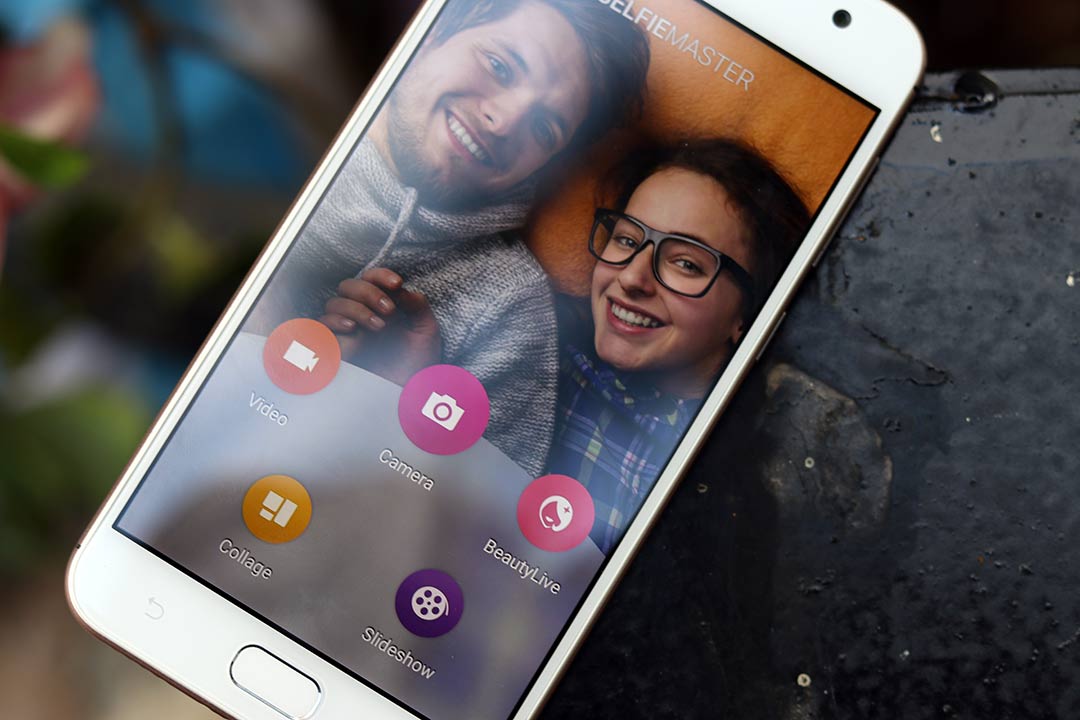 The rear 16-megapixel camera is equipped with Phase Detection Auto Focus (PDAF) , EIS (Electronic Image Stabilization) . There are presets for timelapse, manual mode, super resolution in addition to beauty, GIF, Panorama and portrait modes.
Both the front and rear camera offers portrait mode and the background blue is much better than some of the other phones we have seen in recent times in this range, the effect is smooth.
[gallery link="file" columns="4" ids="12471,12472,12473,12474,12475,12476,12477"]
The rear 16-megapixel camera is equipped with Phase Detection Auto Focus (PDAF) , EIS (Electronic Image Stabilization) . There are presets for timelapse, manual mode, super resolution in addition to beauty, GIF, Panorama and portrait modes.
Both the front and rear camera offers portrait mode and the background blue is much better than some of the other phones we have seen in recent times in this range, the effect is smooth.
[gallery link="file" columns="4" ids="12471,12472,12473,12474,12475,12476,12477"]

